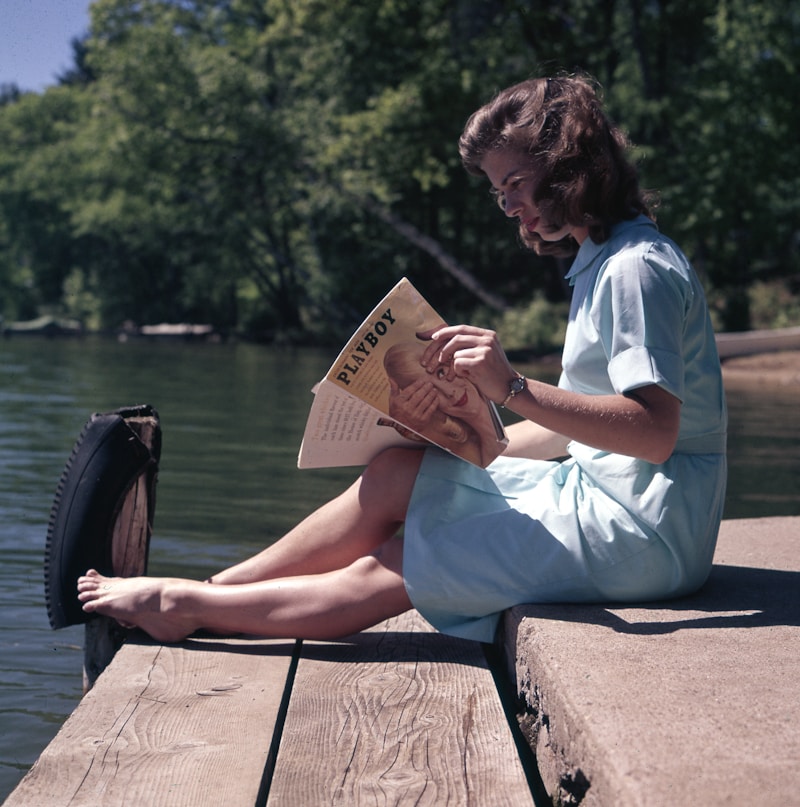Exploring Vintage Lace Inspired by Nature: A Timeless Craft
Exploring Vintage Lace Inspired by Nature: A Timeless Craft
In the world of fashion and design, vintage lace has captivated the hearts of many, especially when it is inspired by the beauty of nature. This enchanting art form allows artisans to blend traditional techniques with organic motifs, creating pieces that not only tell a story but also evoke a deep connection to the natural world. This article delves into the fascinating history of vintage lace, its inspiration from nature, and practical tips on incorporating it into your personal style or home decor.
The Allure of Vintage Lace
Vintage lace is more than just a fabric; it is a representation of history, culture, and artistic expression. Originating as early as the 15th century, lace has evolved through various styles and techniques. Chantilly lace, Alençon lace, and Venetian lace are just a few examples that showcase the exquisite craftsmanship involved in creating these delicate pieces. Each type of lace carries its own unique history and aesthetic, drawing inspiration from the environment and lifestyle of the time.
Nature as an Inspiration
When we examine vintage lace inspired by nature, we find an array of patterns reflecting floral motifs, leaf designs, and even intricate animal shapes. This connection to nature is not merely aesthetic; it embodies a philosophy of appreciation for the natural world. The fine details in vintage lace echo the complexities of flora and fauna, demonstrating how artisans have historically celebrated the environment through their craft.

| Type of Vintage Lace | Natural Inspirations | Common Uses |
| Chantilly Lace | Floral Patterns | Dresses, Lingerie |
| Alençon Lace | Vine and Leaf Designs | Home Decor, Tablecloths |
| Venetian Lace | Animal Motifs | Accessories, Bridal Wear |
Crafting with Vintage Lace
If you are looking to incorporate vintage lace into your projects, consider the following ideas that harmonize the intricate beauty of lace with your personal flair:
1. Creating Custom Apparel
One of the best ways to utilize vintage lace is in making custom apparel. Whether you are sewing a dress, modifying a blouse, or crafting an elegant skirt, adding a lace trim or overlay can transform an ordinary outfit into a breathtaking piece. For example, Chantilly lace can bring an ethereal quality to a wedding gown, while Alençon lace can be used for adding luxurious details to evening wear.
2. Home Decor Accents
Vintage lace can also enhance your home decor. Consider using lace as table runners, curtain trim, or even framed art pieces. The delicate texture provides an unexpected contrast to rustic or modern interior styles. A beautifully crafted lace table runner can create a charming atmosphere for dinner parties, while lace curtains allow soft light to filter into your space, creating a serene ambiance.
3. Accessories with a Twist
Incorporating vintage lace into accessories is a creative way to express your style. Think about making lace chokers, hair accessories, or even incorporating it into bags and shoes. The addition of natural-inspired lace designs can instantly elevate the sophistication of your accessories, making them standout pieces in your wardrobe.
Preserving the Beauty of Vintage Lace
Maintaining vintage lace requires care and attention. Here are some tips to ensure your lace pieces remain beautiful over the years:
- Gentle Cleaning: Always hand wash vintage lace in cold water using a mild detergent. Avoid harsh chemicals that could weaken the fibers.
- Proper Storage: Store lace in a cool, dry place away from direct sunlight. Use acid-free tissue paper to prevent creases, and avoid folding to reduce risk of damage.
- Regular Checks: Inspect your vintage lace pieces periodically for signs of wear and tear. This allows for early repairs, which can prolong their life.
Conclusion: Embrace the Timelessness of Vintage Lace Inspired by Nature
Vintage lace inspired by nature is a celebration of artistic craftsmanship and a testament to the enduring beauty of the natural world. Whether you are looking to incorporate lace into your wardrobe, home decor, or accessories, the options are endless. Remember to handle vintage pieces with care, and never hesitate to let your creativity flow. As you explore this captivating craft, consider the deeper connection between nature and artistry that vintage lace embodies. Ultimately, it is a pursuit of beauty that honors both the past and our environment.
As you embark on your journey with vintage lace, keep in mind the significance of sustainable practices in the crafting community. By choosing vintage pieces or using ethically sourced materials, you contribute to a more environmentally conscious future, marrying the love for nature with the appreciation for traditional crafts.
